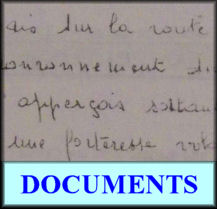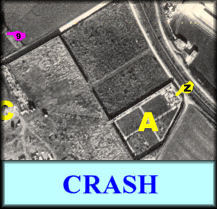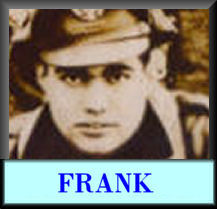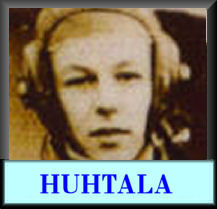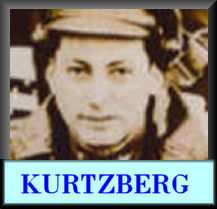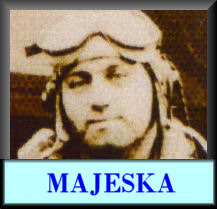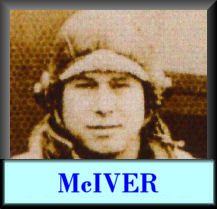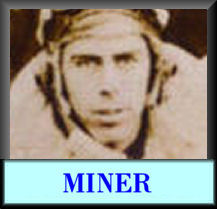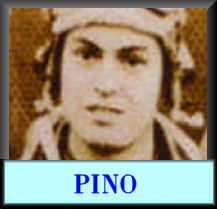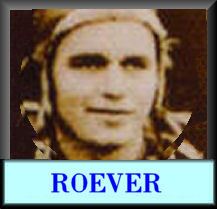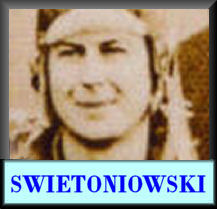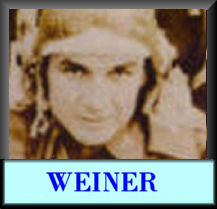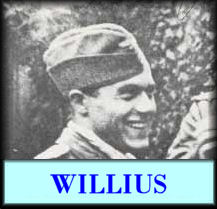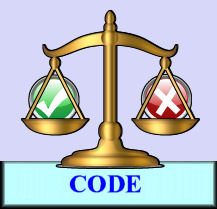Monsieur Presson,
Agé alors de 14 ans, j’ai quelques souvenirs du dimanche 6 février 1944.
Vers 11h, nous avons entendu un grand bruit d’avion puis plus rien, alors que nous étions à l’église de Villers.
A mon arrivée à la maison vers 12h00, mon frère est rentré, venant de la forêt où il faisait du bois avec un camarade et nous a dit qu’un avion était tombé en morceaux.
Après le repas, ainsi qu’un grand nombre de Cottereziens, je suis allé à la découverte de ces différents débris, et aussi de certains corps.
Le croquis numéro 1 permet de situer l’axe général de la chute et cette dispersion résultante d’une explosion, une désintégration à une certaine altitude, certaines parties étant très éloignées les unes des autres.
J’ai donc vu :
- A l’intérieur de la cour de la ferme Van Asche sur la place de Pisseleux une partie du fuselage, le coin de la toiture du hangar étant arrachée.
- Dans la propriété de mes grands-parents un aviateur mort se trouvait sous un pommier, le pied sectionné lors de la chute à travers l’arbre.
- Un deuxième corps se trouvait dans le jardin, en parti enfoncé en terre, et portait sur la tête un linge blanc (pansement semble t’il).
- (Un soldat allemand venu sur les lieux a posé à mon grand père la question de savoir si c’était lui qui avait mis cette toile blanche).
Cet aviateur pansé sembla indiquer que l’appareil avait été touché et que l’équipage comptait des blessés.
- Une partie importante de l’appareil était tombée dans la ferme Rambach, aujourd’hui lotissement « Orée du Bois ».
- Une aile se trouvait en forêt, là où mon père faisait sa coupe et l’avait vu tomber. Je m’y suis rendu – l’aile renfermait les réservoirs de carburant que des personnes siphonnaient, avant l’arrivée des allemands. Monsieur Didelot de Coyolles se souviendra de cet épisode.
Pour ma part, j’ai récupéré un pistolet à fusée, que j’ai enfoui au pied d’un arbre et que je n’ai jamais retrouvé par la suite.
- Plus tard, Monsieur Delaporte Georges, agent SNCF logeant chez mes grands parents m’a montré une pochette en caoutchouc, renfermant une carte, une boussole, qu’il avait trouvé. Cette personne est décédée, mais il est possible de contacter son gendre adjudant Delattre Maurice, officier de gendarmerie en retraite. Ce dernier s’occupe de sa belle-mère habitant Avenue de Boursonne.
Si ces quelques renseignements peuvent vous aider vous m’en verrez ravi. Dans la mesure où vous envisagez la venue du rescapé, tenez-moi au courant. J’ai servi quelques temps dans une unité du SHAFE et en ai conservé quelques connaissances en anglais, élémentaires mais bien utiles.
Amicalement. |
|
Dear Mr. Presson,
Aged only fourteen at the time, I have a few recollections of that Sunday February 6th, 1944.
Around eleven in the morning, we heard a huge noise coming from a plane, and then nothing, while we were at church in Villers-Cotterêts.
On arriving home around noon, my brother came home too, coming from the forest where he was cutting wood with a friend and he told us that a plane had fallen in pieces.
After lunch, as well as a numerous people from Villers-Cotterêts, I went to see these different wreckage parts, as well as some bodies.
Drawing number one enables to locate the general axis of the fall and the ensuing spread of parts after the explosion, a given altitude disintegration, some parts being very remote from one another.
I have thus seen:
- Inside the Van Assche farm courtyard, on the Pisseleux Square, one part of the airframe, the corner of the hangar roof being torn away.
- In my grand parent's estate, a dead airman was found under an apple tree, one foot severed from the body during the fall through the tree.
- A second body was found in the garden, some part buried in the ground, wearing a white cloth on the head (bandaid as it seemed).
- (A german soldier came on the spot and asked my grand-father whether he was the one who had set this white netting).
This airman wearing a wound dressing seemed to point that the aircraft had been hit and that the crew had wounded men among them.
- An important part of the aircraft had fallen in the Rambach farm, today known as the "Orée du Bois" buiding plot.
- One wing was found in the forest, where my father used to cut his wood and he saw it falling. I went there; one wing had fuel tanks that people were siphonning, before the arrival of the germans. Mr. Didelot from Coyolles will remember this episode.
For my part, I salvaged a rocket pistol, that I buried by the bottom of a tree and that I have never been able to find again afterwards.
- Later on, Mr. Delaporte Georges, railway worker living at my grand parent's home, showed me a rubbber folder holding a map, a compass, he had found. This person is now dead, but it is possible to contact his son-in-law, warrant officer Delattre Maurice, gendarmerie officer now retired. This man is now taking care of his mother-in-law living in Boursonne Avenue.
I'll be pleased If these few bits of information can help you. Knowing you are thinking about bringing the rescued man, please keep me up-to-date. I served for a few times in a SHAFE unite and have kept a few knowledge of english, elementary but still useful.
Friendly yours. |
The dismembered body was Jacob Kurtzberg.
The second body found in the garden was Walter Bernard Svietoniowski, who seems to have been wounded by the attack.
The second wing (presumably the right one) flew very far from the wreckage point (about two miles). |
|





